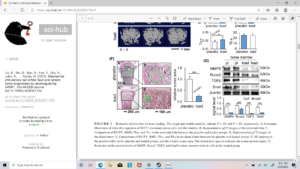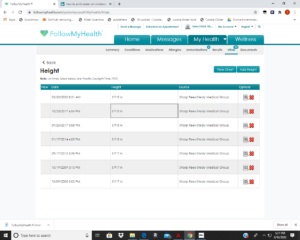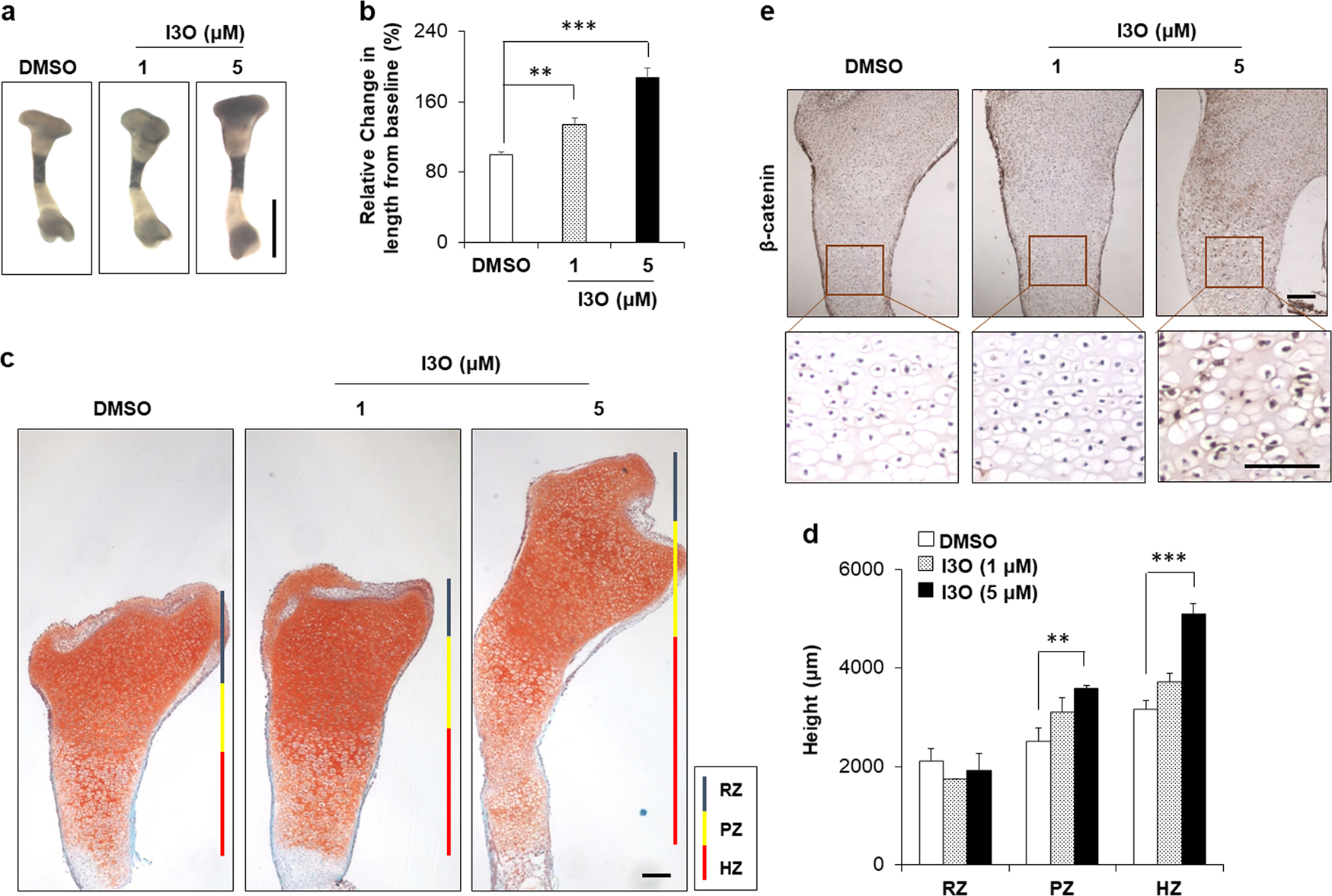So I’m revising the LSJL method to explore what I was doing when my medical records show I grew.
Is it still LSJL if you’re using impact and not loading the synovial joint region? I’m trying to use impact ball pein hammer as an alternative to clamping as clamping as always had slipping problems. In Hiroki Yokota’s methods, they could use advanced devices to avoid slipping.
Here’s the study that shows the LSJL worked on adult mice. Although the mice in that study did not have senescent growth plates as the control group adult group grew as well. The difference between mice and humans is that when mice growth plates become senescent they don’t seem to fuse. This may lead to better force transduction between the epiphysis and the diaphysis.
Thus, new LSJL may be tapping on the longitudinal ends of the diaphysis of the bone. The diaphysis is the core of the bone. The epiphysis of the bone is highly load bearing so force may dissipate before it ever reaches the diaphysis which contains a lot of core bone materials. Distraction osteogenesis works by fracturing the diaphysis not the epiphysis. By tapping the diaphysis you can feel the force transmit throughout the entire bone.
The issue is that there are people who already apply force to the diaphysis of the bone. Muay thai kick boxers who kick their shin’s. Rolling a bar over your shin is not the same as the force won’t be the transmitted deeply and throughout the entirety of the bone. Kicking an object with your shins will be in the center of the shin and not near the end of the shin thus there would be as an effective pressure gradient throughout the entire bone. Muay Thai fighters have also broken their shins this way which is a step for lengthening bone in distraction osteogenesis….But unless the break is in a controlled manner it won’t result in bone growth.
So the difference between this and muay thai is the site that the impact occurs(at the starting points of the diaphysis rather than the middle), that it occurs in a more controlled fashion(although there are probably some muay thai fighters that can kick very precisely), that the impact loading is smaller and more rapid(frequency is an important factor in stimulating bone growth), and that the bone is the object being hit rather than the object doing the hitting(this may affect how the force is transmitted throughout the bone). In addition, a ball pein hammer as a smaller surface area which increases the pressure transmitted to the bone rather than a larger object
It’s easy enough to do this for the radius, ulna, and tibia as those bones are well exposed. The humerus and femur are covered by muscle but I seem to have potential sites. But I can always just grow from the tibia and forearm bones and then use that proof to develop methods. So I’ll see if I can grow and then share the method…
I’d argue that it still uses the principles of LJSL as it involves loading one site of loading to stimulate growth throughout the entire bone. It involves stimulating the same principles: interstitial fluid flow, hydrostatic pressure, and pressure gradients.
Here’s the LSJL study, unfortunately not on longitudinal bone growth but there are some growth plate pictures:
Mechanical stimulations can inhibit local and remote tumor progression by downregulating WISP1
“Mechanical stimulations can prevent bone loss, but their effects on the tumor‐invaded bone or solid tumors are elusive. Here, we evaluated the effect of knee loading, dynamic loads applied to the knee, on metastasized bone and mammary tumors. In a mouse model, tumor cells were inoculated to the mammary fat pad or the proximal tibia. Daily knee loading was then applied and metabolic changes were monitored mainly through urine. Urine samples were also collected from human subjects before and after step aerobics. The result showed that knee loading inhibited tumor progression in the loaded tibia. Notably, it also reduced remotely the growth of mammary tumors. In the urine, an altered level of cholesterol was observed with an increase in calcitriol, which is synthesized from a cholesterol derivative. In urinary proteins, knee loading in mice and step aerobics in humans markedly reduced WNT1‐inducible signaling pathway protein 1, WISP1, which leads to poor survival among patients with breast cancer. In the ex vivo breast cancer tissue assay, WISP1 promoted the growth of cancer fragments and upregulated tumor‐promoting genes, such as Runx2, MMP9, and Snail. Collectively, the present preclinical and human study demonstrated that mechanical stimulations, such as knee loading and step aerobics, altered urinary metabolism and downregulated WISP1. The study supports the benefit of mechanical stimulations for locally and remotely suppressing tumor progression. It also indicated the role of WISP1 downregulation as a potential mechanism of loading‐driven tumor suppression.”
You can see the growth plate in figure 1F. The growth plate looks thicker as does the articular cartilage. The tumor of course plays a confounding variable. You can also see that the entire bone of the loaded group looks different….
“As a mouse model of skeletal loading with C57BL/6 female mice, we conducted knee loading that applied sinusoidal compressive loads to the knee (Figure S1A). Dynamic loads of 0.5, 1, and 2 N at 2 Hz induced loading magnitude-dependent strain. Loads of 0.5 N (peak-to-peak), which will be used hereafter, induced approximately 100 με (axial compression) and 50 με (lateral tension), with a phase shift of ~180° between these two strains”
So the paper shows more promise that joint loading or methods that use it’s principles can induce longitudinal bone growth.



